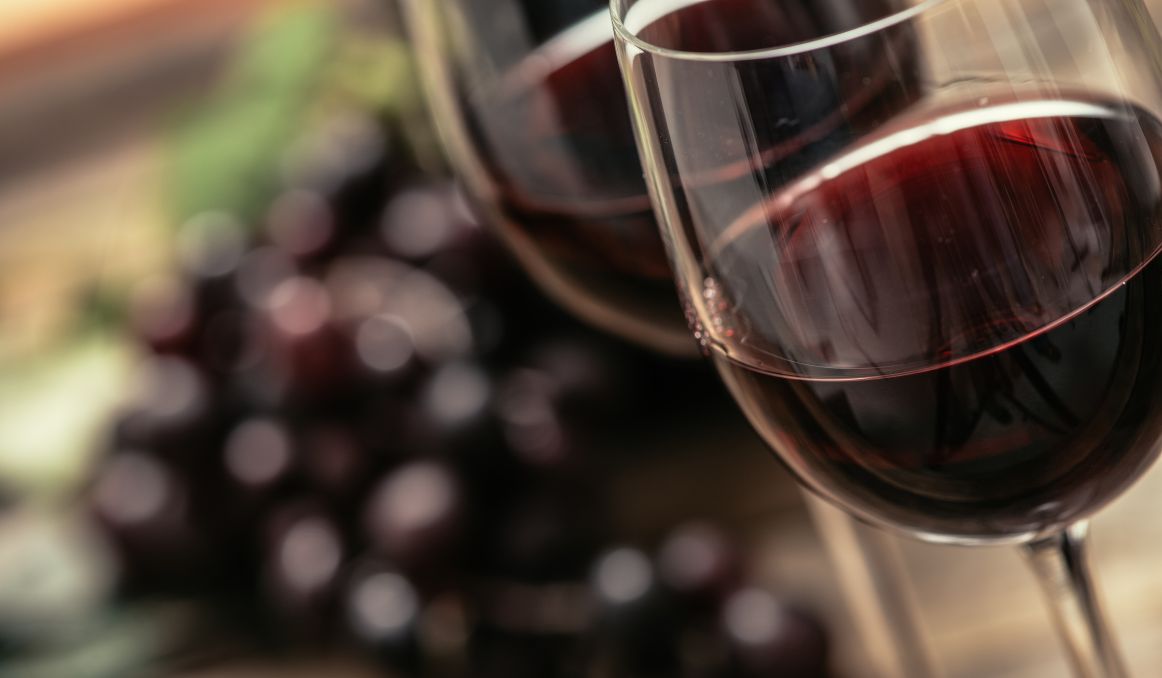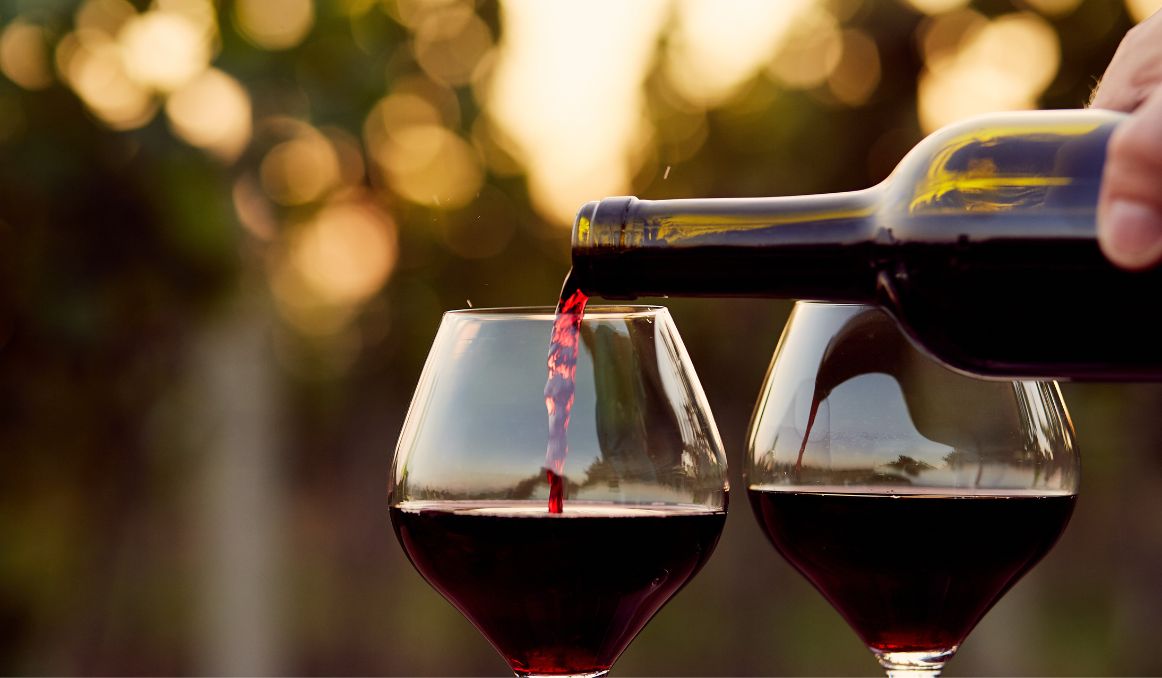Best Yeast for Sweet Red Wine
When looking to create a sweeter wine, many vintners seek the best yeast for sweet red wine, as yeast really is the primary ingredient in all things fermented.
But how do you know which yeast to choose?
And what is it that makes wine sweet, after all?
Much of the process of making sweet wine requires a thorough understanding of how wine is made in the first place, and just what it is that makes the wine sweet.
From there, you can choose which yeast might be best to meet your end goals.

Winemaking 101
You see, wine, at its very best, is just fermented grape juice.
And, on its own, grape juice is very sweet!
So, what makes wine less sweet?
Fermentation, of course.
The process is simple, and it all begins with the grape.
In general, grapes intended for wine are naturally much sweeter than table grapes because we want plenty of sugar for the yeast to feed upon, and some wine grapes are so sweet that even at their most fermented stage, they still produce a flavor and aroma that comes off as sweet to the taste.
Once you have chosen your ideal grape, the rest is all about how to best make and then ferment your grape juice.
First, you will crush your grapes, which is standard for both wine and grape juice.
Next, you have to decide how long to allow your stems and skins to remain in the juice.
Realize that the longer you allow this steeping process, the more tannins and phytonutrients you will get in your must, but this lengthier time will also make the juice more on the dry side and less sweet.
Have you ever noticed that the skin of the grape is dry to the taste while the flesh on the inside is sweeter?
Right, that’s what happens when you let the skins sit in the juice for hours or days on end.
Next, you will have to work with your yeast to ferment to your desired sweetness or dryness.
Also read: How to measure sugar content when making wine
Yeast
Much of the question as to which yeast is best for a sweet red wine has to do with alcohol tolerance.
Of course, if you grow your own red/purple grapes for your red wine, you can simply allow the wild local yeast to settle in to your must once you have crushed your grapes and decided on how long to allow the skins and stems to sit.
You will want to filter out all of your sediment and debris, and then either allow wild yeast to settle in or pitch the yeast of your choice.
From this point, whatever yeast is in the must will get busy consuming all of the sugar in the batch and converting it to alcohol.
As fermentation goes on, the wine will get less sweet and more dry because all the sugar that makes it sweet is turning into alcohol that makes it dry.
You could choose a yeast with a lower tolerance for alcohol, which means your yeast will stop fermenting once a certain ABV has been reached, and your yeast will lie dormant, doing all of the work for you.
You could also experiment with the wild local yeasts, harvesting yeast directly from your sweet red grapes, and see how sweet or dry those naturally occurring yeasts will allow your wine to be.
Getting to your end result will take some toying and experimenting, working with wild yeasts, variations of grapes, and fermentation times.
And there are a few different approaches to making a sweeter red wine, both natural and not so natural.
How to Make Sweet Wine

The first and most obvious way to make sweet red wine is to choose the sweetest red grape and use the wine yeast with the lowest alcohol tolerance.
This process will ensure a sweet must that maintains its sweetness as it ferments.
You could look for a yeast that has a tolerance as low as 11% or 12%, which will certainly make for a sweeter wine.
You could also interrupt fermentation of pretty much any yeast, halting the process before it consumes all the sugar in the must.
This approach takes a bit more involvement as you will need to watch your must carefully, measuring your gravity along the way to be sure you catch the yeast in time, then filter it out before it can dry out your wine.
Another way of making sweet red wine is to fortify it with liquor, which will halt fermentation by killing your yeast. This process creates more of a wine liqueur like a dessert wine, which may be too sweet for many drinkers.
Finally, you can allow your yeast to ferment, using whichever yeast you have on hand, and then filter it all out through a fine filtering process, and then add sugars at the end, sweetening up your end product with no danger of further fermentation.
Of all the approaches to making sweet wine, choosing a lower alcohol tolerance yeast is the most natural. Every other approach requires human intervention which can lead to things like added sulfites, extra sugar that can cause headaches for drinkers, or even off flavors from not allowing the yeast to do its full job.
Again, it is all a practice in experimentation.
Best Yeast for Sweet Red Wine
In terms of which yeast is best, particularly if you want to go the all-natural route, Lalvin 71B is a favorite of many.
It can make sweet reds, whites, and roses, and has an alcohol tolerance of up to 14%. It is easy to work with, allowing you to simply pitch directly into your must, and it flocculates cleanly, leaving a solid trub at the bottom.
From there, you can experiment with other yeasts of your liking, even venturing out into brewer’s yeasts with higher ABV tolerances, which will still be rather low for wines.
Cheers!
Passionate about the wine making process? So are we! If you’re interested in finding out how you can use our technology to control fermentation and monitor your yeast, save work hours and improve the cost-efficiency of your business, drop us a line at [email protected] or check out our product page:
Also, you can now get access to a fully functional demo account to test your yeast via our Web App. Completely free of charge and with no commitment to purchase.
Sources:


